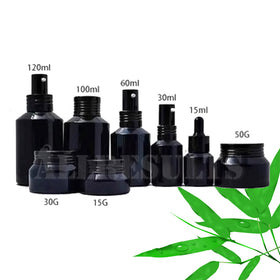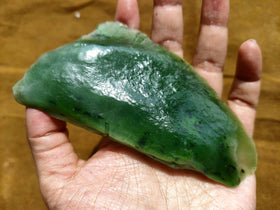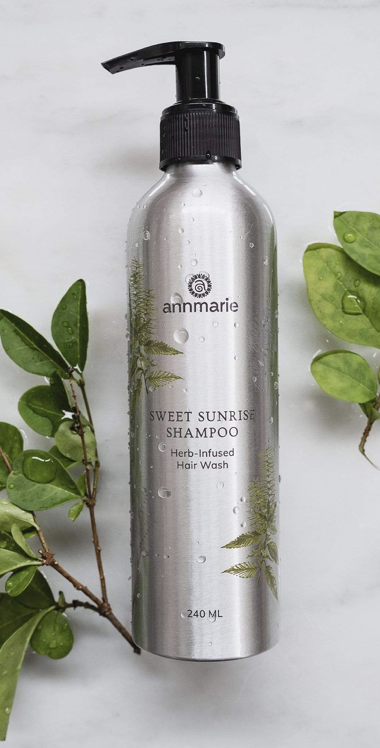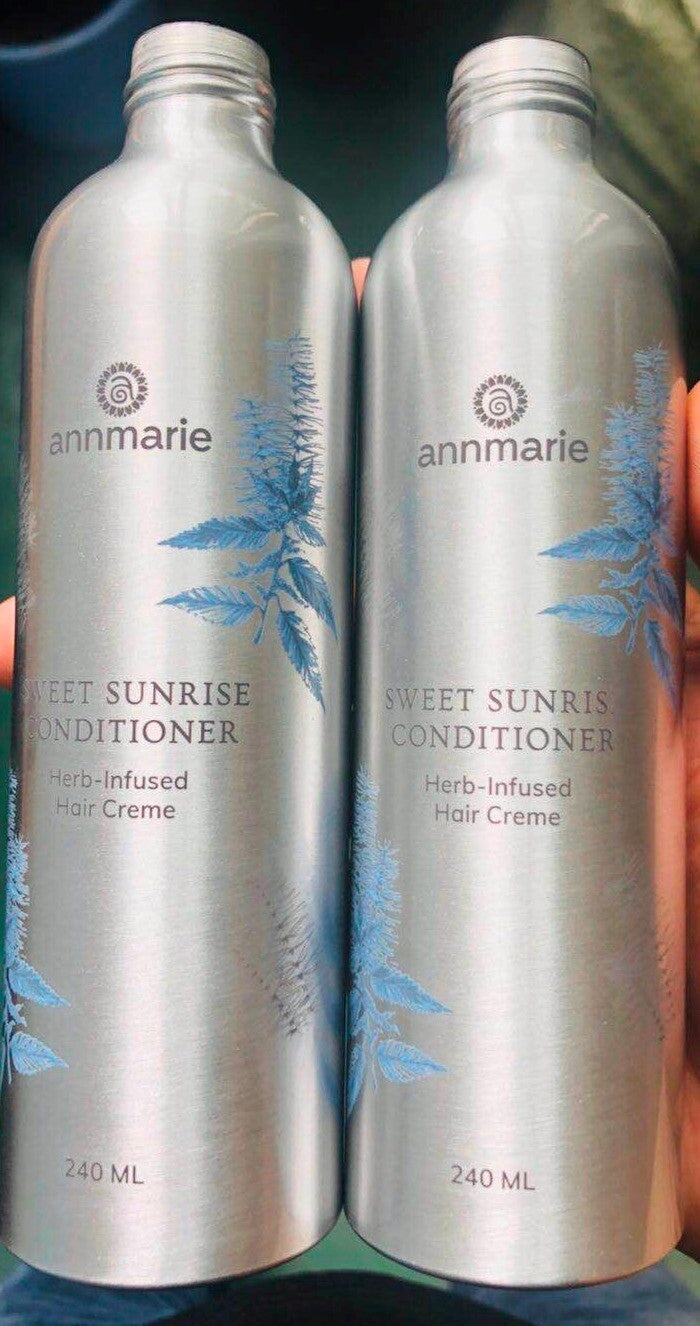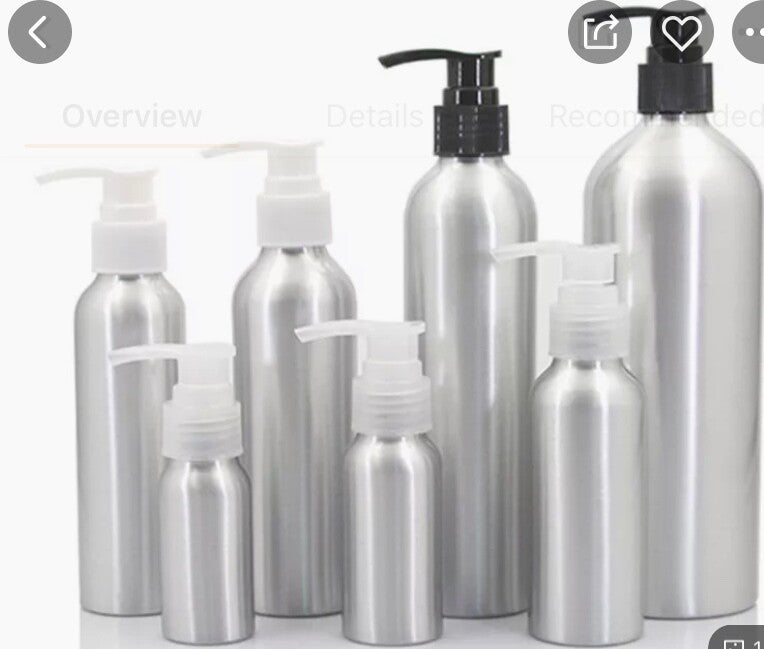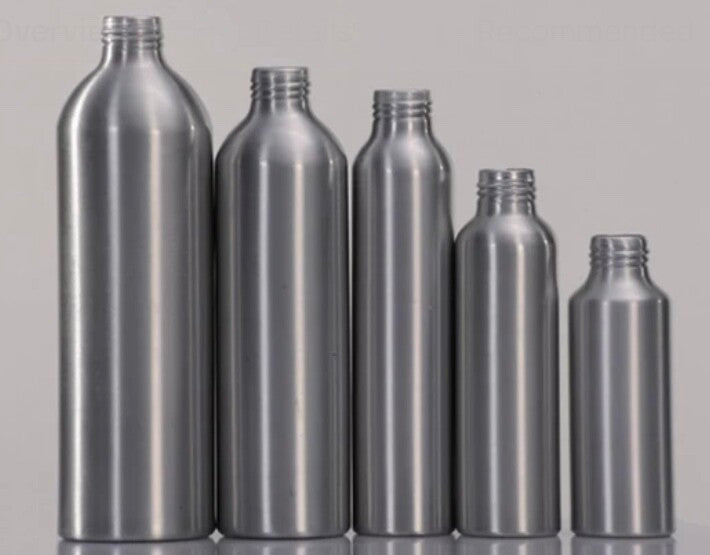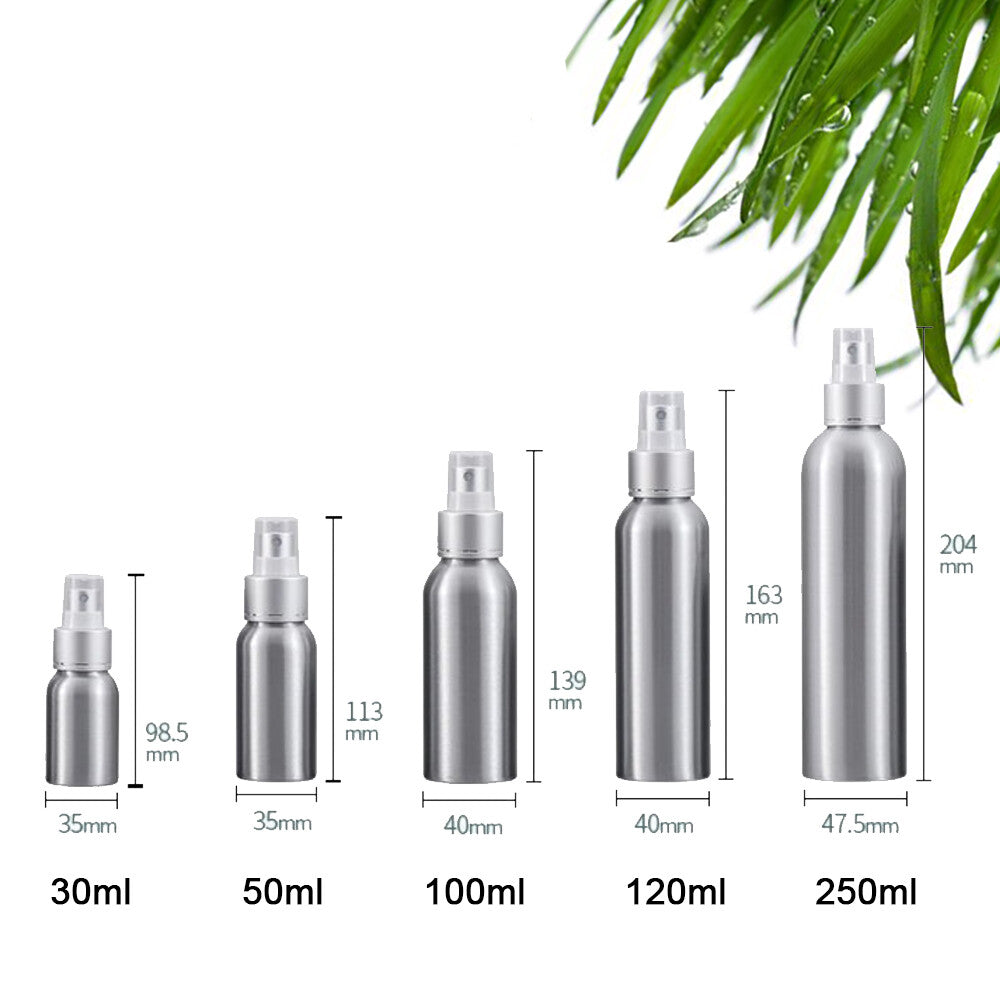
Aluminum Bullet Bottles |1 -12 oz (250 ml) Brushed Aluminum
Aluminum Bullet Bottles | Shampoo & Conditioner.
8 oz (250 ml) Bulk Brushed Aluminum Bullet Bottle
Included with: pumps, aluminum caps, 4/color printing, Door to Door free shipping with safe-pack shipping method.
Sample lead time:
with artwork 10 days
Material:
100% Food-grade Aluminum w/ interior liner
Neck Finishes:
20/410 24/410 28/410
Cap or Pump Option:
PRINTING METHODS:, up to 6 color - multi layer- silkscreen- heat transfer, or digital are available.
Fit: Relaxed
Door to door, duty charges, tax, import docs are included.
See sustainable certification here.
What is Aluminum?
Aluminum (Aluminium) – a silver-white, soft metal, noted for lightness, high reflectivity, high thermal conductivity, high electrical conductivity, nontoxicity, and corrosion resistance. Aluminum is the most abundant metallic element, comprising 1/12th of the earth’s crust. However, it is never found in nature as an elemental metal but only combined with oxygen and other elements. In ordinary language, aluminum often means aluminum alloy.
Among all kind of metal materials, aluminum wins out either because its properties and performance are superior or because fabrication techniques enable the finished product to be manufactured at a competitive cost. The usage of aluminum continues to increase and expand; new markets such as the automotive sector are beginning to recognize its true unparalleled benefits.
Alloying
In the alloying furnace, the aluminum ingot is melted, and mixed with alloying metals like Magnesium, silica, copper, etc to form a aluminum alloy which offer a wide range of specific material properties. The physical properties of the alloy are very much determined by the alloy content.
Smelting
Alumina has to go through smelting and alloying processes to become aluminum of common use. An aluminum smelter contains a cryolite bath (in which the mineral cryolite is melted using electrical current). Alumina, in powder form, is placed into the cryolite bath, where it is melted and separated from its oxygen component, settling beneath the cryolite. The molten aluminum is siphoned from the bottom of the smelter and placed in a crucible, then formed into ingot or transferred to an alloying furnace.
Where and how to get aluminum?
Bauxite, a mineral mined from the earth is the major source of aluminum. The bauxite is crushed and sprayed with water, clay and silica removed, and then kiln-dried, and mixed with soda ash and crushed lime. The mixture is then processed in a digester, then reduced under pressure and sent to a settling tank where additional impurities are removed.
After filtering, cooling, and further processing in a precipitator, the mixture is thickened and filtered once more before being heated in a calcinating kiln. The resultant material is alumina, a powdery chemical combination of oxygen and aluminum.


